方案详情文
智能文字提取功能测试中
Application Report Keywords: Surfactants, dynamic surface tension, diffusion coefficient, alkylglycosides, adsorption Calculation of Diffusion-Coefficients from the Maximum Bubble PressureExperiment for Pure n-Alkyl-B-D-Glucosides Since modern additives are usually active also in small concentrations, the performance of such substances is increasinglydepending not only on efficiency and effectiveness as an absolute thermodynamic value, but also on speed. The ability of surfactants to reach an interface within a given amount of time is defined by parameters of the surroundingphase. These are temperature, concentration, viscosity and so on, but to the largest extent the molecules' structure andsize determine the ability to diffuse to and adsorb into/at the interface. These properties can be described by themolecules' diffusion and adsorption coefficients. Depending on the concentration and the time range taken into account, one or the other process can be the ratedetermining step (rds). At low concentrations and short times (usually <100ms) the diffusion of molecules to the interface due to Brownianmotion is the slowest step, so diffusion constants govern the performance of the additive. This is easily understood whenimagine that only few molecules are near the freshly build interface, so reaching the interface by moving in an isotropic,Brownian manner is the rds. Under these conditions the process of lowering surface tension in dependence of time is described in literature by Joosand Rillaerts [1]. Yt=interfacial tension at surface age t yo= interfacial tension of the pure solvent R= universal gas constant T=aabsolute temperature c=concentration of the additive Ds= diffusion constant for short times/smallconcentrations Lookingat highconcentrations anadlong】 times(usually > 1s), the interface is already crowded withmolecules, so it is difficult to penetrate the interface. Inthis case the adsorption at the interface is the rds. WardandTordai [2] developedda model describing tthedependence ofdynamicc surfacee tensionnCon theadsorption constant (diffusion constant for latetimes/large concentrations). Yt = interfacial tension at surface age t Yeq==interfacial tension of the solution inmesoequilibrium (asymptotic value Y(t) approacheswhen t→o) R = universal gas constant T= absolute temperature 厂= equilibrium surface excess C= concentration of the additive D_==ddiffusion (adsorption) constant for long times/highconcentrations Both models represent extremes. In reality a mixture ofadsorption and diffusion usually governs the solution’sinterfacial properties. These are best described by amodel proposed by Rosen et al.[3] and applied byTamura et al. [4], investigating foamability of surfactants.This semi-empiric formula fits dynamic surface tensiondata in a brilliant way, but does not allow calculatingdiffusion or adsorption constants. Yt= interfacial tension at surface age t Yeq==iirnterfacial tension of the solution inmesoequilibrium (asymptotic value Yt) approacheswhent→o) Yo = interfacial tension of the pure solvent t = surface age surface age at the steepest point of the Yt-t-curve X= constant for a given additive (frequently around0.5) In this report the diffusion constants according to Joosand Rillaerts (early time, small concentration) of pure n-alkyl-B-D-glucosides (n-hexyl- to n-decyl-))tfromAnantrace Corp. are calculated from simple maximumbubble pressure experiments using a BP2-tensiometer.Table 1 shows the data of the samples. n-hexyl-B-D- glucosid n-heptyl-B-D- glucosid n-octyl-Bb-D- glucosid n-nonyl-B-D- glucosid n-decyl-B-D- glucosid concentration [mol/m"] 1,02 1,00 0,88 1,03 1,00 molecular mass[kg/mol] 0,2644 0,2784 0,2924 0,3064 0,3204 Table 1: data of the samples The experiments were carried out using distilled water assolvent at 293K. The data achieved are displayed indiagram 1. Diagram 1: dynamic surface tensions vs. surface age of n-alkyl-B-D-glucosides in water at 293K When calculating the diffusion-constants according toJoos and Rillaerts and plotting them against surface age,one can decide whether or not this model is applicable toaspecific time-frame. Diagram 2shows diffusion-constants versus surface ages. Diagram 2: diffusion-constants vs. surface ages of n-alkyl-B-D-glucosides in water at 293K According to diagram 2 the diffusion-constants are onlyreal constants in the surface age region below 100ms.The constants as physical values have been calculatedtaking surface ages from 10 to 50ms into account. Athigher surface ages adsorption at the interface becomesmore and more the rds. To determine the constants ofadsorption (model of Ward and Tordai) the surfaceexcess has to be known (e.g. by CMC-measurement).Table 22 sshowsthe resultstfor the early timeapproximation (Joos and Rillaerts model). n-hexyl-B-D-glucosid n-heptyl-B-D- glucosid n-octyl-B-D- glucosid n-nonyl-B-D- glucosid n-decyl-B-D- glucosid diffusion-constant [m/s] ≤7,30±2,18E-2 2,14±0,61E-11 8,51±0,45E-11 4,69±0,66E-10 7,50±0,81E-10 Table 2: diffusion-constants according to Joos andRillaerts for of n-alkyl-B-D-glucosides in water The dataproof clearly that the diffusion-constantsincrease with increasing chain length of the hydrophobe.n-Decyl-B-D-glucoside is the fastest one regardingBrownian diffusion to the interface of all moleculesinvestigated. If the chain length increases over 10, the solubility of then-alkyl-B-D-glucosides decreases dramatically, so theefficiency decreases. The data are of a magnitude comparable to thosepublished in literature for C12E6 (5.3-8.4*10m/s), C10-dimetyl-PO 5-5.5*10-1m²/s), C12-dimetyl-PO (2-5.9*101m²/s) [1]. So the maximum bubblepressuremethod yieldsdiffusion constants of surface active molecules in a verysimple, easy and not much time consuming way. Sincediffusion coefficients are true molecular values they arethe tool to describe"speed" in a scientific manner. Literature ( [1] P.Joos, E .Rillaerts; J.Coll.Interf.Sci . , 79, 96-100, (1981) ) ( [2] A.F.G.Ward, L.J.Tordai ; J.Chem.Phys., 14, 453-461 (1946) ) ( [3] M.J.Rosen, X.Y.Hua, Z .H.Zhu in "Surfactants i nSolution, Vol.11" ( K .L.Mittal, D.O.Shah, Eds.), p . 315. Plenum, NY, 1991 ) ( [41 T.Tamura, Y . Takeuchi, Y.Kaneko, J.C ol l.Interf.Sci., 206, 112-121(1998) ) KRUSS GmbH|lBorstelerChaussee Hamburg|Germany|www.kruss.de|
关闭-
1/3
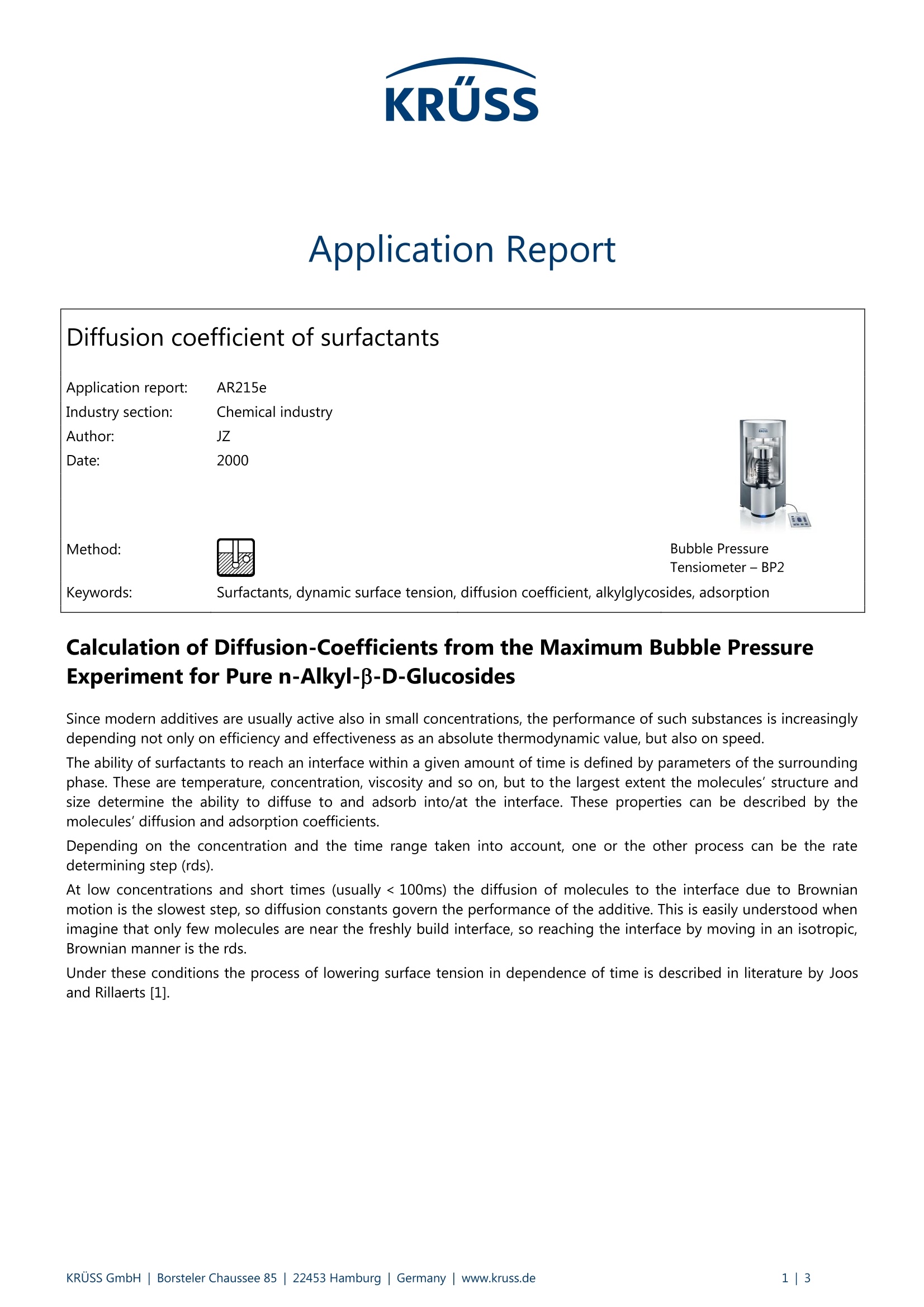
-
2/3
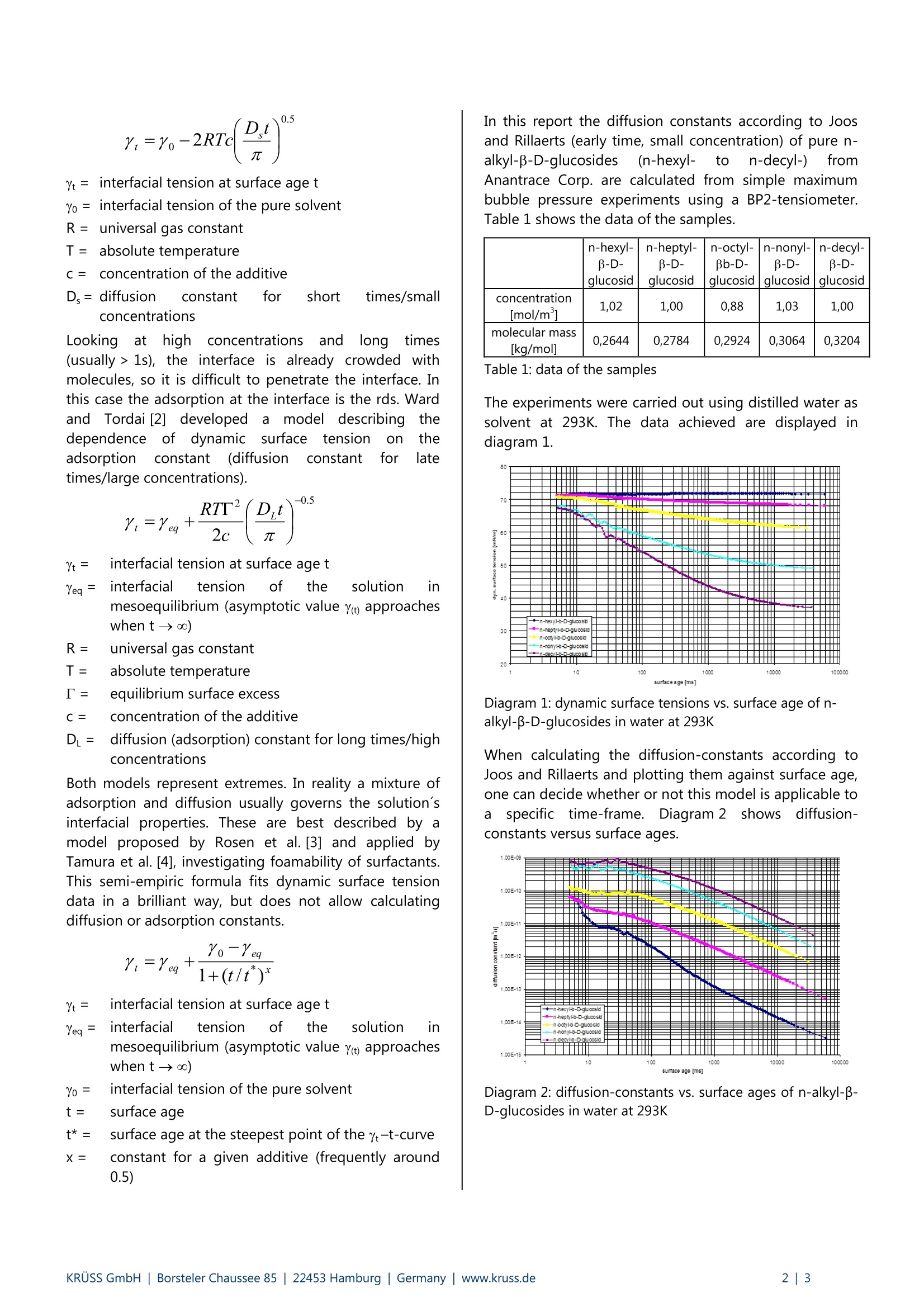
还剩1页未读,是否继续阅读?
继续免费阅读全文产品配置单
克吕士科学仪器(上海)有限公司为您提供《纯正烷基β-D-葡萄糖苷中表面活性剂扩散速率检测方案(表面张力仪)》,该方案主要用于其他中表面活性剂扩散速率检测,参考标准《暂无》,《纯正烷基β-D-葡萄糖苷中表面活性剂扩散速率检测方案(表面张力仪)》用到的仪器有KRUSS BP100型动态表面张力仪。
我要纠错
推荐专场
相关方案


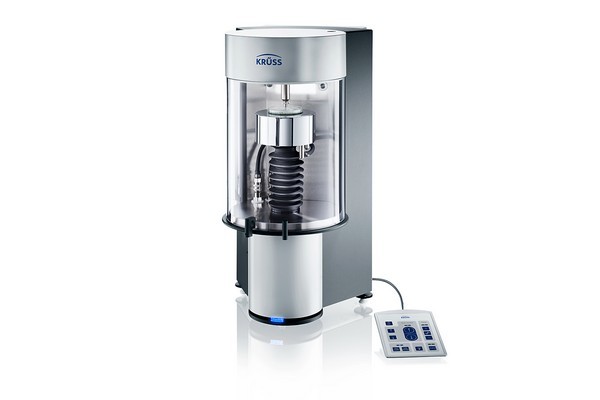
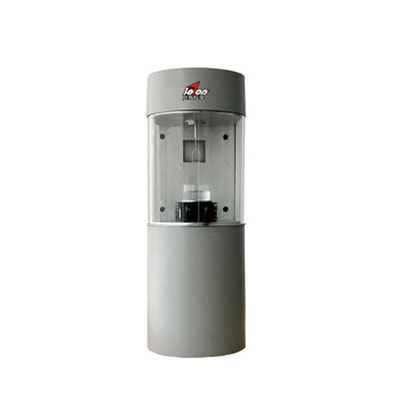
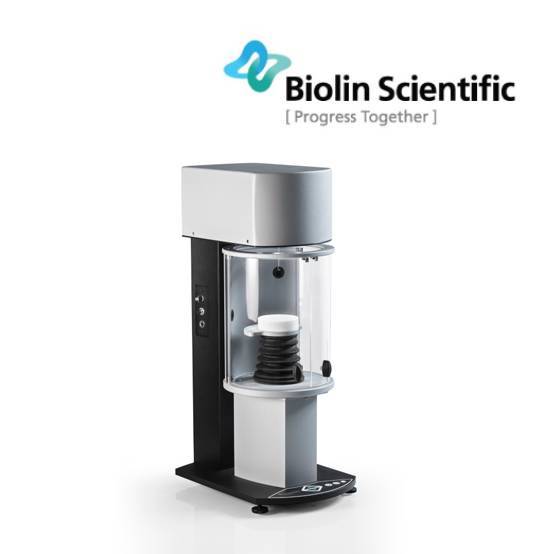
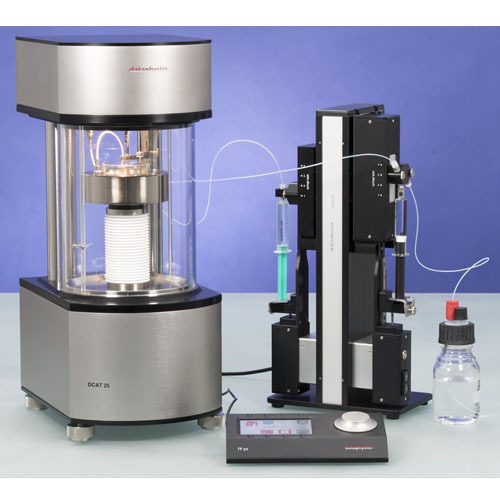
 咨询
咨询
